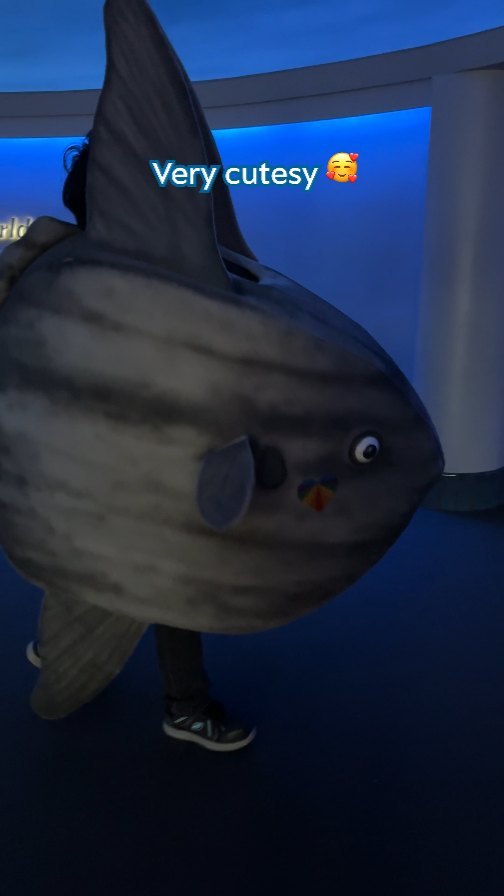- Importance of Zoological Conservation
- Roles and Responsibilities in Zoo Management
- Conservation Strategies and Practices
- Challenges in Wildlife Conservation
- Public Engagement and Education
Zoological conservation is an essential and delicate process dedicated to preserving biodiversity and safeguarding numerous species from extinction. It has become a pivotal focus within scientific communities, driven by the mounting threats posed by habitat loss, climate change, and human activities. This article delves into the intricacies of zoo management and wildlife conservation, providing a thorough understanding of these critical aspects.
The primary mission of zoological conservation is to protect species and maintain ecological balance. Conservation efforts play a crucial role in preventing the extinction of species, many of which face imminent threats. Through well-coordinated breeding programs, reintroduction efforts, and habitat preservation, conservationists strive to sustain healthy populations of endangered species. This holistic approach involves a combination of in-situ (on-site) and ex-situ (off-site) conservation measures, aiming to maintain genetic diversity and enhance the resilience of ecosystems.
Zoological institutions are at the forefront of conservation activities. They employ scientists, veterinarians, ecologists, and other experts to oversee various conservation projects. These professionals are responsible for monitoring animal health, managing breeding programs, and conducting field research. The collaboration between zoos and conservation organizations is vital, allowing the exchange of knowledge and resources to maximize conservation outcomes. Additionally, ethical considerations and welfare standards are paramount in zoo management, emphasizing the need to provide optimal care for animals while promoting their natural behaviors and habitats.
Effective conservation strategies encompass a range of practices designed to address specific threats and challenges. Habitat restoration and protection are fundamental, focusing on preserving natural environments and mitigating the impact of human activities. Captive breeding programs serve as a vital tool for maintaining viable populations of endangered species, offering a safety net against extinction. Genetic management is also crucial, ensuring the genetic diversity of captive populations through careful selection and breeding practices. Reintroduction programs aim to return individuals to their native habitats, bolstering wild populations and restoring ecological balance.
Despite the efforts invested in conservation, numerous challenges persist. Habitat fragmentation, pollution, climate change, and poaching continue to pose significant threats to wildlife. The complexity of conserving species requires a multifaceted approach, addressing both immediate and long-term issues. Collaborative efforts between governments, non-governmental organizations, and local communities are essential to develop and implement effective conservation policies. Furthermore, securing adequate funding and resources remains a constant hurdle, necessitating sustained support and investment from various stakeholders.
Public engagement and education are integral components of successful conservation initiatives. Zoos serve as valuable platforms for raising awareness and fostering a sense of responsibility towards wildlife protection. Educational programs, exhibits, and interactive experiences enlighten visitors about the importance of biodiversity and conservation. By promoting a culture of conservation, zoos inspire individuals to adopt sustainable practices and contribute to the preservation of our natural world. Public support also plays a crucial role in advocating for policies and measures that prioritize wildlife conservation at local, national, and global levels.
Conservation is very demure, yet its significance cannot be overstated. Every action taken toward protecting our planet’s biodiversity has a lasting impact on future generations. Through the combined efforts of dedicated professionals, institutions, and informed citizens, we can create a sustainable future where wildlife thrives in harmony with human activities.
*****
Source Description
Conservation is ✨very✨ demure!
class=”instagram-media” data-instgrm-permalink=”https://www.instagram.com/reel/C_BdupYy2yX/” data-instgrm-version=”14″ style=” background: border:0; border-radius:3px; box-shadow:0 0 1px 0 rgba(0,0,0,0.5),0 1px 10px 0 rgba(0,0,0,0.15); margin: 1px; max-width:540px; min-width:326px; padding:0; width:99.375%; width:-webkit-calc(100% – 2px); width:calc(100% – 2px);”>


